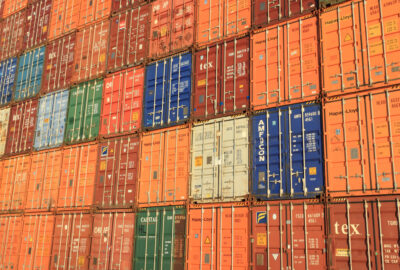Printing white papers may seem like an old-fashioned idea in our digital age, but there are still several reasons it makes sense to develop printed copies of your white paper.
Printing white papers creates a higher perceived value
At a time when we’re overwhelmed with gigabytes of digital content, printed materials have a different effect upon the people who receive them. There is something more substantial and enduring about a printed document. Even if printing white papers costs just pennies per copy, the impression they make is one of substantially higher value. That’s even more true when you’re printing white papers on a heavier, higher-quality paper stock and using a high-resolution inkjet or color laser printer. Simply using standard copier paper doesn’t have the same impact.
Printing white papers for handouts
Printing white papers is an excellent idea for business situations such as sales calls and trade shows. It’s generally a good idea to leave something with prospects who may have an interest in your product or service, and white papers are an excellent choice for that purpose. Why? Most decisions about purchases or engagements require the involvement of multiple people within an organization.
The individual you met with may have been receptive to what you had to say, but the others involved in the decision-making process haven’t had the opportunity to hear your message. When you leave a printed copy of your white paper behind, the person you dealt with can share it with others who will be involved, so they better understand what you’re offering.
Printing white papers doesn’t require reader action
Posting your white paper on your website or including a link in a promotional email is a great way to put your white paper in a reader’s hands … except for one thing. It demands that your potential reader complete some kind of action. They have to click on a link, or possibly fill out a form. Are there times when you’re so busy that you decide not to click on an email or complete even a short form on a website? The same thing happens with your prospects, and that one small action might keep them from seeing your message. With a printed version, they don’t have to work at all.
Printed white papers are more likely to be kept
It’s easy to obtain digital files, but what do you do with them? If you’re like many people, those files tend to get buried in a corner of your computer’s hard drive or your company’s cloud, and you never encounter or open them again. In fact, you may even delete them. Printing white papers produces something that won’t get lumped in with the rest of the digital stuff. It stands out, and it’s more like it will stick around on a desk or in a project file. As noted earlier, it’s also more likely that a printed white paper will find its way to other people who are involved in the decision-making process.
Printing in small quantities
A quarter-century ago, printing white papers meant paying a printer for an expensive print run that likely produced far more copies than you could ever use. With PDF files and high-quality office printers, it’s now possible to generate small quantities of white papers affordably. So if you only need five copies of a white paper for that important sales call, you only need to print five copies, not 5,000 (which was the traditional minimum for professionally printed projects). You can also customize details when printing white papers, such as putting a prospect’s name on the front cover or including your personal contact information.


